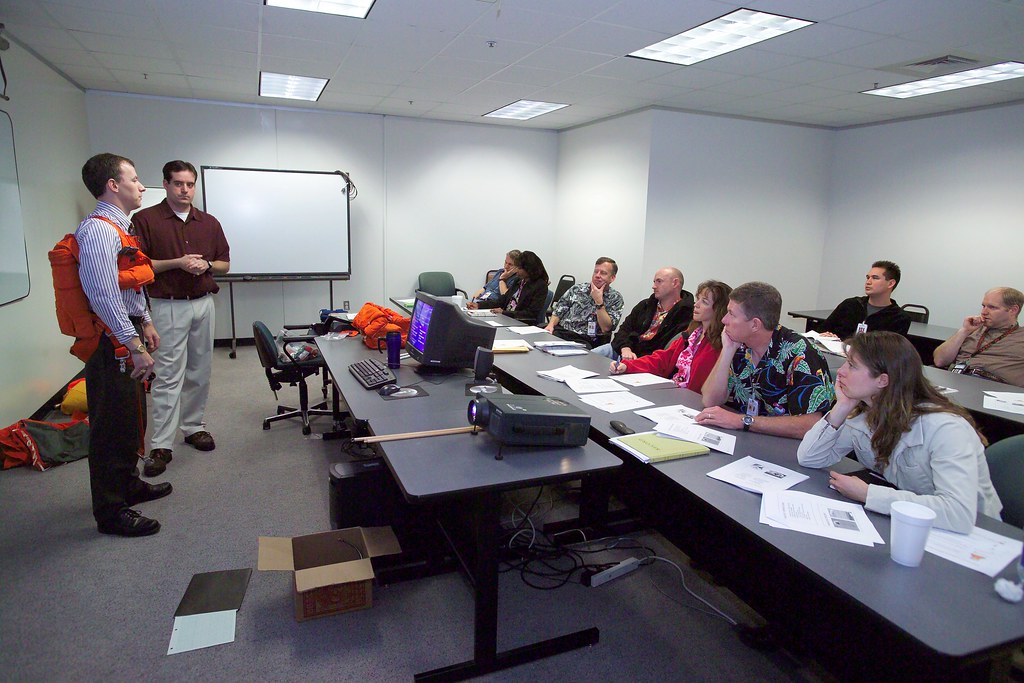
Work at Heights Training: Ensuring Safety Above All Else
Introduction
Work at Heights Training : In today’s fast-paced world, where construction and infrastructure development are on the rise, the need for work at heights training has never been more critical. This comprehensive guide delves into the world of work at heights training, highlighting its importance, key components, and the impact it has on ensuring the safety of workers operating at elevated positions.
Understanding the Significance of Work at Heights Training
Work at heights training is not merely a legal requirement; it’s a moral obligation to ensure the well-being of employees. Falling from heights is one of the leading causes of workplace fatalities, making it crucial for organizations to invest in proper training programs.
Legal Framework and Compliance
OSHA Regulations
The Occupational Safety and Health Administration (OSHA) in the United States has laid out strict regulations regarding work at heights. Employers must adhere to these standards to avoid penalties and, more importantly, to protect their workers.
International Standards
Beyond OSHA, various international standards, such as ISO 45001, provide guidelines for work at heights safety. These standards help ensure consistency and best practices across the globe.
Types of Work at Heights
Construction Sites
Construction workers are particularly vulnerable to falls from heights due to their frequent exposure to elevated workspaces. Proper training is essential to minimize risks.
Maintenance and Repair
Maintenance personnel often find themselves working at heights when repairing equipment or structures. Their safety depends on their training and the equipment they use.
The Components of Effective Work at Heights Training
Risk Assessment
Before any work at heights begins, a thorough risk assessment should be conducted. This involves identifying potential hazards and implementing control measures.
Equipment Familiarization
Workers must be proficient in using safety equipment such as harnesses, lanyards, and fall protection systems. Training ensures they can use these tools effectively.
Emergency Procedures
In the event of an accident or fall, knowing what to do can be a matter of life and death. Work at heights training includes teaching employees how to respond to emergencies.
Benefits of Proper Training
Reduced Accidents and Injuries
One of the most significant benefits of work at heights training is a substantial reduction in accidents and injuries. Properly trained workers are less likely to make mistakes that can lead to falls.
Increased Productivity
When employees feel safe and confident in their abilities, they work more efficiently. This boost in productivity can have a positive impact on a company’s bottom line.
Conclusion
In conclusion, work at heights training is not just a checkbox on the compliance list—it’s a lifeline for workers who find themselves in elevated positions. By investing in comprehensive training programs, employers can ensure the safety of their workforce and contribute to a safer working environment for all.
Construction Health and Safety Training
FAQs
- Is work at heights training mandatory?
- Yes, in many countries, work at heights training is legally required to ensure worker safety.
- How often should employees undergo work at heights training?
- Training frequency may vary by jurisdiction and industry, but it’s generally recommended to refresh training annually.
- What are the common hazards associated with working at heights?
- Common hazards include falls, unstable work surfaces, and improper use of safety equipment.
- Do all workers need work at heights training, or is it specific to certain job roles?
- Anyone who may be exposed to work at heights should receive appropriate training, regardless of their role.
- Can I conduct work at heights training in-house, or should I hire external trainers?
- Both options are viable, but it’s crucial to ensure that trainers, whether internal or external, are qualified and experienced in delivering effective training.
























